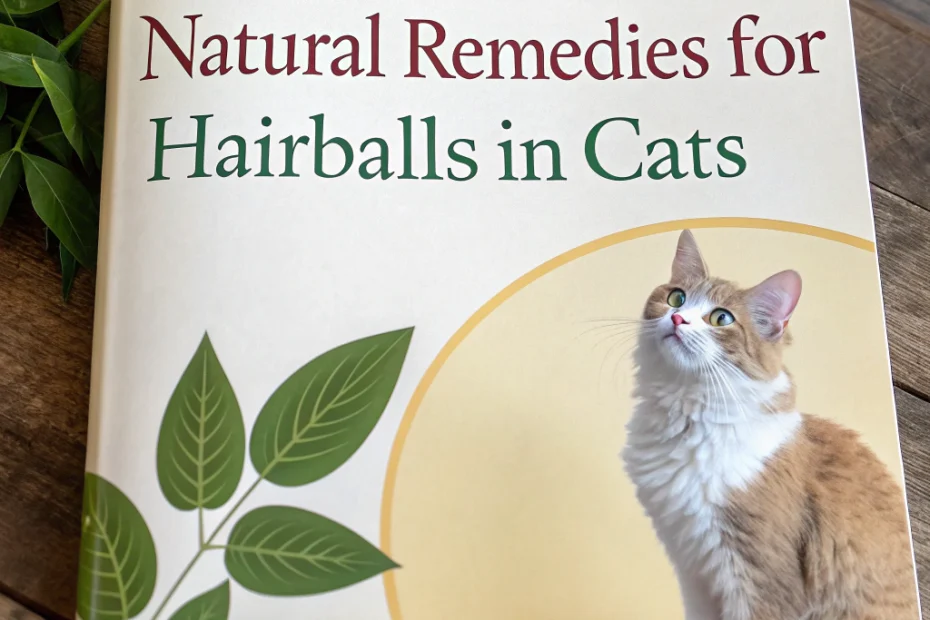At-a-Glance
Hairballs in cats are a common issue that can cause discomfort and potential digestive problems. They occur when cats ingest hair during grooming, which then accumulates in the stomach. Natural remedies can help manage and reduce the formation of hairballs, promoting better health and comfort for your feline friend.
How to Choose
When selecting natural remedies for hairballs, consider the following:
- Ingredient Safety: Choose remedies with natural ingredients that are safe for cats, such as pumpkin, coconut oil, or fish oil.
- Ease of Administration: Opt for remedies that are easy to integrate into your cat’s diet, like treats or food additives.
- Palatability: Ensure the remedy is appealing to your cat to encourage regular consumption.
- Veterinary Approval: Always consult with your veterinarian before introducing new remedies.
Safety & Setup
Ensuring the safety of the natural remedies you choose is crucial. Here are some guidelines:
- Introduce new remedies gradually to monitor any adverse reactions.
- Always use remedies specifically formulated for cats.
- Store remedies in a cool, dry place to maintain their efficacy.
- Follow the recommended dosage instructions to prevent overuse.
Core Pillars
The core pillars of managing hairballs naturally include:
- Dietary Fiber: Incorporating fiber-rich foods, like canned pumpkin, can help move hair through the digestive tract.
- Hydration: Ensure your cat drinks plenty of water to aid digestion and prevent hairball formation.
- Regular Grooming: Frequent brushing reduces the amount of hair your cat ingests.
- Healthy Fats: Adding fish or coconut oil to your cat’s diet can improve coat health and reduce shedding.
Placement & Environment Tips
Creating an environment that supports your cat’s health can also help manage hairballs:
- Provide ample clean water sources to encourage hydration.
- Set up a comfortable grooming area to make brushing a pleasant experience.
- Introduce toys and activities to reduce stress and excessive grooming behaviors.
Comparison with Alternatives
While natural remedies are effective, it’s important to compare them with other methods:
- Commercial Hairball Remedies: Often contain laxatives or lubricants but may include artificial ingredients.
- Veterinary Treatments: Necessary for severe cases but can be costly and involve medication.
Natural remedies offer a holistic approach without the side effects of synthetic products.
FAQs
- What is the best natural remedy for hairballs?
Pumpkin is often recommended for its fiber content, which aids digestion.
- How often should I groom my cat?
Regular grooming, at least once a week, is advised to minimize hairballs.
- Can diet changes reduce hairballs?
Yes, diets high in fiber and healthy fats can help manage hairballs.
What to Do Next
Start by integrating one or two of these natural remedies into your cat’s routine and observe any improvements. Maintain regular consultations with your veterinarian to ensure that your cat’s health is optimally managed. Adjust the remedies as needed based on your cat’s response.
Disclaimer: Always consult your veterinarian for personalized advice regarding your cat’s health.
